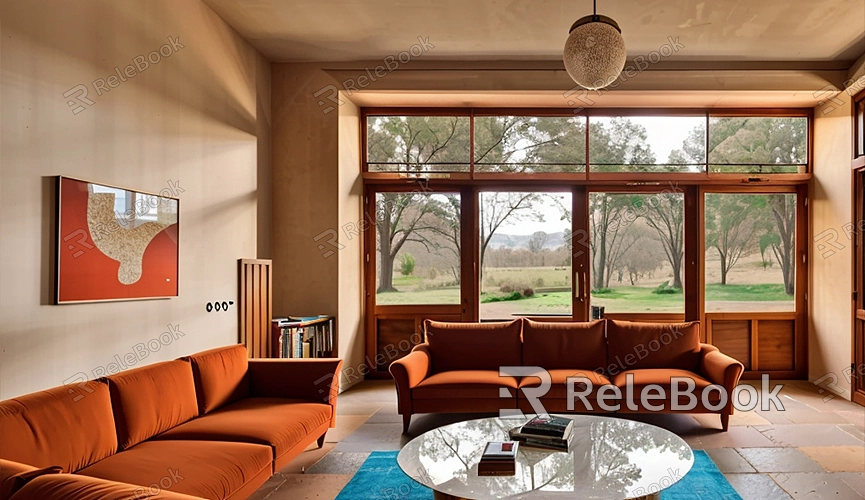How to Add Render Subdivisions Only in Blender
Blender is a powerful open-source 3D modeling software widely used in animation production, game development, architectural design, and more. When creating 3D models in Blender, subdivision surfaces are a common technique to increase detail and smoothness. However, sometimes we only want to add subdivisions during rendering without affecting the model during editing. This article will detail how to add render-only subdivisions in Blender while ensuring a smooth reading experience.
What is a Subdivision Surface?
A subdivision surface is a technique used to increase the surface detail and quality of a model by subdividing and smoothing its mesh. This technique is very useful when creating highly detailed models, such as character models or vehicle models. However, excessive subdivisions can increase the polygon count, making the model difficult to edit and manipulate. Therefore, we sometimes only want to apply subdivisions during rendering without affecting the model during the editing process.

Setting Up Render-Only Subdivisions in Blender
Adding render-only subdivisions in Blender is quite simple. Here are the detailed steps:
Step 1: Open the Subdivision Surface Modifier
1. Open Blender and import your 3D model.
2. In the right-side "Modifiers" tab, click the "Add Modifier" button.
3. Select "Subdivision Surface" from the drop-down menu.
Step 2: Configure the Subdivision Surface Modifier
After adding the Subdivision Surface modifier, you will see two options: "View" and "Render."
1. View: This option controls the subdivision level displayed in Edit Mode and Object Mode. Set it to a lower value, such as 1 or 2, to keep the model simple during editing.
2. Render: This option controls the subdivision level used during rendering. Set it to a higher value, such as 3 or 4, to achieve greater detail during rendering.
This way, you can maintain a lower subdivision level during editing and automatically apply a higher subdivision level during rendering.
Step 3: Adjust the Subdivision Levels
Depending on your needs, adjust the subdivision levels for both View and Render. Generally, a View subdivision level of 1 or 2 is sufficient, while a Render subdivision level of 3 or 4 can be set depending on your hardware performance and rendering requirements.
Step 4: Preview the Render Effect
To ensure the render effect meets your expectations, preview the render in Blender. Click the "Render Preview" button in the upper right corner, and Blender will display the model's effect using the render subdivision level. This way, you can adjust the subdivision level without affecting editing and achieve high-quality rendering results.
Additional Tips
Besides the Subdivision Surface modifier, Blender offers other useful tools and techniques to help you optimize model details and rendering effects.
1. Vertex Groups: Use vertex groups to control the influence range of the subdivision surface. For example, you can apply subdivisions only to certain parts of the model while keeping other parts in their original shape.
2. Edge Creases: In the Subdivision Surface modifier, use edge creases to control the smoothness of subdivisions. By increasing the crease value of certain edges, you can keep these edges sharp while smoothing other parts.
3. Multiple Subdivisions: If one subdivision level is insufficient, add multiple Subdivision Surface modifiers, each with different subdivision levels and settings, to achieve more complex detail effects.
By following these steps, you can easily add render-only subdivisions in Blender without affecting the model during the editing process. This method not only improves work efficiency but also achieves higher quality details and effects during rendering.
If you need high-quality 3D textures, HDRIs, or 3D model downloads for creating models and virtual scenes, you can download them from Relebook. After downloading, you can directly import the textures and 3D models into your project for use.

